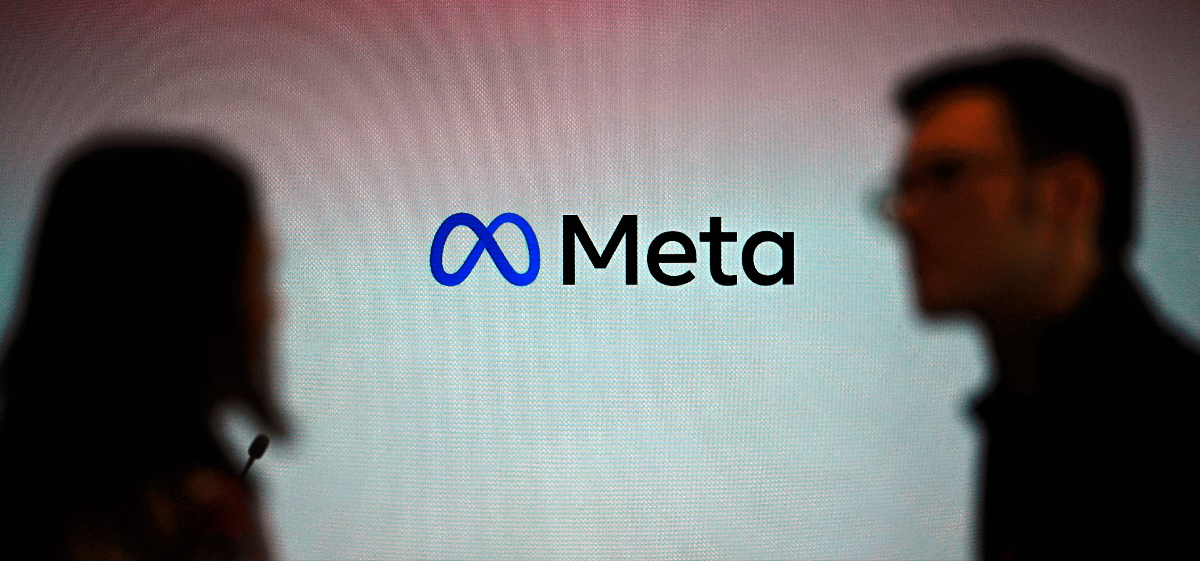In the rapidly evolving landscape of artificial intelligence, Meta has made significant strides with the introduction of its latest open-source AI model, Llama 3.1 405B. This model houses an astounding 405 billion parameters, marking the most extensive offering from Meta to date. While this is not the largest AI model globally, its recent release underscores Meta’s commitment to pushing the envelope in accessible AI technology. Let’s dive deeper into what Llama 3.1 405B brings to the table and how it positions itself against its competitors.
The Power Behind Llama 3.1 405B
With 405 billion parameters, Llama 3.1 405B is designed to excel in a variety of problem-solving tasks. Trained on an impressive array of 16,000 Nvidia H100 GPUs, this model uses cutting-edge training techniques that offer competitive performance levels comparable to proprietary models like OpenAI’s GPT-4o and Anthropic’s Claude 3.5 Sonnet. While it falls short of being the absolute largest open-source AI model available, its release highlights Meta’s dedication to advancing AI capabilities.
Extending Capabilities: Text Processing and Multimodal Ambitions
While Llama 3.1 405B primarily focuses on processing text, it boasts a range of impressive capabilities. From coding to multilingual summarization across eight languages, its applications are extensive. However, it currently does not handle image recognition or video understanding, although Meta is actively exploring multimodal functionalities. Future iterations may bridge this gap, enabling AI models to interpret and generate multimedia content.
- Supports languages: English, German, French, Italian, Portuguese, Hindi, Spanish, and Thai.
- Text-only capabilities—suitable for analyzing files, documents, and coding tasks.
Data Quality: A Focus on Excellence
The development of Llama 3.1 405B involved meticulous curation of a dataset comprising 15 trillion tokens, reflecting a commitment to quality and relevance. Meta’s enhancements in data filtering and curation pipelines aim to combat biases that can arise from model training. Moreover, synthetic data has played a role in fine-tuning the model, although concerns over biases in synthetic datasets linger in the AI community. Meta assures users that they have maintained a balanced approach to this process.
A Comprehensive Contextual Understanding
One notable feature of Llama 3.1 405B is its context window, which extends up to 128,000 tokens—equivalent to a lengthy 50-page book! This feature grants the model improved summarization capabilities and diminishes the risk of losing track of ongoing conversations when powering chatbots. Additionally, the introduction of smaller models, Llama 3.1 8B and Llama 3.1 70B, with similar context windows aims to cater to a broader range of applications, making the technology more accessible.
Licenses and Frameworks: Encouraging Development and Innovation
In a move that aligns with Meta’s strategy of fostering an ecosystem around its AI models, the licensing structure for Llama models has been updated. Developers are now allowed to utilize the outputs from Llama 3.1 in the creation of third-party AI generative models. However, larger applications used by firms with over 700 million monthly users will still require special licensing, ensuring that Meta retains a level of control over how its technology is applied.
Meta’s Vision for the AI-Driven Future
Meta’s overarching ambition is clear: to establish a foothold in the realm of generative AI and to enable developers worldwide to harness these tools effectively. CEO Mark Zuckerberg has articulated this vision, emphasizing the importance of democratizing access to AI resources to unlock unprecedented opportunities. In pursuit of this goal, Meta seems determined to maintain its edge by continually refining its models and exploring innovative applications.
The Environmental Consideration of AI Training
However, the expansion of AI functionalities isn’t without challenges. A recent report discusses the substantial energy consumption associated with training large models like Llama 3.1 405B. The fluctuations in power usage can strain electrical grids, raising concerns about the sustainability of such efforts. As artificial intelligence continues to grow, it will be crucial to find solutions that mitigate the environmental impact.
Conclusion: Embracing the Future with Llama 3.1 405B
Ultimately, Meta’s Llama 3.1 405B stands as a testament to the company’s commitment to fostering accessible AI while pushing the boundaries of technology. As it joins the ranks of powerful tools available to developers, it also invites ongoing dialogue about ethical data use, environmental sustainability, and the future of generative AI. The balance between innovation and responsibility will be paramount as we adopt these powerful technologies.
For more insights, updates, or to collaborate on AI development projects, stay connected with fxis.ai.
At fxis.ai, we believe that such advancements are crucial for the future of AI, as they enable more comprehensive and effective solutions. Our team is continually exploring new methodologies to push the envelope in artificial intelligence, ensuring that our clients benefit from the latest technological innovations.

